
Fiat 500 Hatchback (2008-2024) engines, drive and performance

- Engine range severely reduced
- Single mild-hybrid petrol is now the only option
- This is not a fast car
Petrol engines
Fiat has offered a wide range of engines in the 500 since 2008, including a 69hp 1.2-litre petrol, a 100hp 1.4-litre petrol and an unusual 85hp 0.9-litre twin-cylinder. Now, though, the only engine you can have in the Fiat 500 is a naturally aspirated 1.0-litre three-cylinder mild hybrid petrol unit that develops 70hp and 92Nm of torque (pulling power).
It isn’t the fastest option in its class, with 0–62mph taking a pedestrian 13.8 seconds. However, first and second gear are quite low, which means the 500 has plenty pep in its step from a standstill to 30mph, which is exactly what you need in a city car. The engine sounds great, too, even if it can get quite noisy at speed.
Because it’s a mild hybrid, the 500’s engine doesn’t run on electric power alone for any length of time. Instead, the motor harvests energy that would have otherwise been wasted when the car is slowing down and reuses it to bolster the engines performance when accelerating.

It can even switch off the petrol engine completely and allow it to coast, which saves fuel. To do this, though, you need to put the gearbox into neutral when an “N” light illuminates on the digital screen behind the wheel. It feels a little odd in practice, but you can get into the habit.
If you’re left cold by the standard 500’s performance, you can always opt for the Abarth 595 hot hatchback. It’s based on the same platform and features the same body as the Fiat 500, but it’s powered by a fire-breathing turbocharged 1.4-litre four-cylinder petrol engine with as much as 180hp. You can read more about this in our dedicated Abarth 595 review.
What’s it like to drive?
- Easy to manoeuvre around town
- Nimble on twisty roads, but not sporty
- Dull steering and noticeable body roll
The 500 isn’t as pin-sharp as the MINI Hatch. But it’s nimble enough to scythe through city traffic – and it can get down streets that fashionable SUVs can’t. Because it’s so small, you can use alleyways or single-track roads as rabbit runs. That means, if your local knowledge is good enough, the 500 could enable you to shave a few minutes off your commute.
Fiat knew the 500 would be in its element in the town, so it provided a button on the dashboard marked ‘city.’ Prod it and the steering assistance is ramped up to the max. You can twirl the wheel with your little finger, which makes it easy to park and a doddle to move through slow traffic in. The setting automatically disengages once you’re going faster.
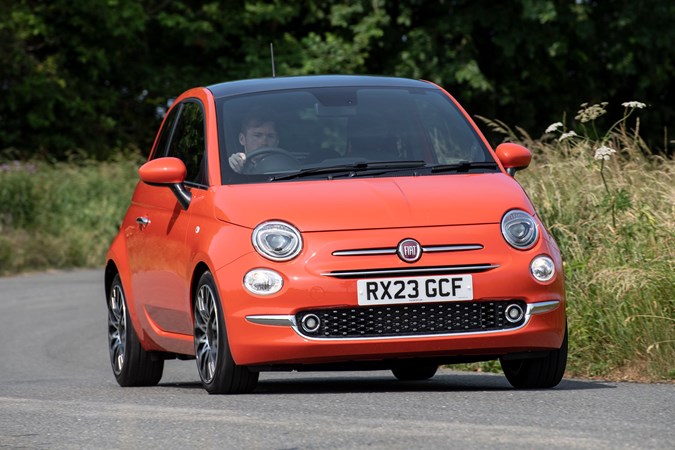
However, it’s on faster roads where we begin to find fault with the Fiat 500’s driving experience. It’s offers plenty of grip in the corners (mostly thanks to its compact square footprint), but the steering leaves a lot to be desired. It doesn’t offer a great deal of feedback, which makes it hard to judge how much lock to apply or where the front tyres are sitting on the road.
Meanwhile, the short wheelbase means the 500 fidgets on rough tarmac, as the limited distance between the front and rear wheels means it’s unable to smooth out surface imperfections the way larger cars can. As a result of trying to soften the suspension to cope with this, the 500 also leans over rather a lot when you tip it into a corner at higher speeds.
The solution? Don’t drive it too spiritedly – we enjoy driving the 500 best when nipping around town or cruising with restraint in the countryside. If you want a city car that you can enjoy driving more vigorously, our advice is go for the turbocharged Kia Picanto GT-Line.


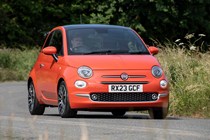

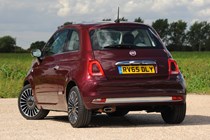
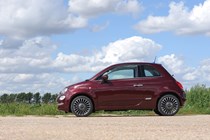
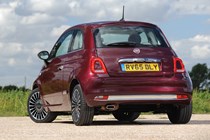

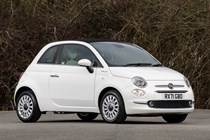
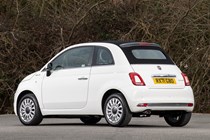
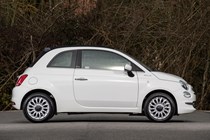

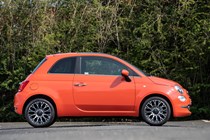
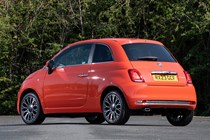
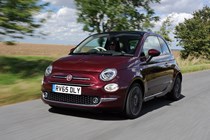
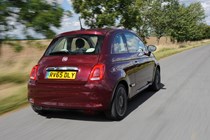
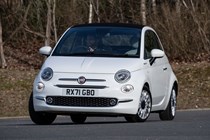
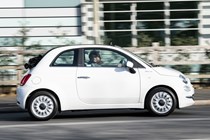
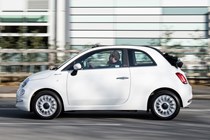
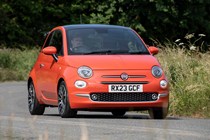

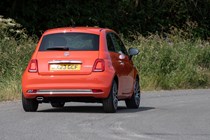
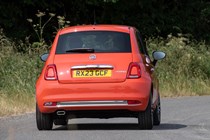
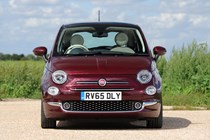
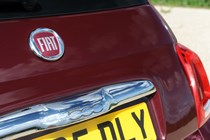
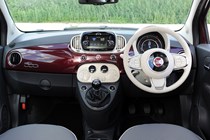

.jpg)
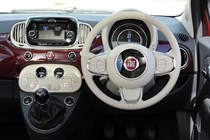
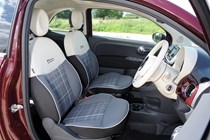
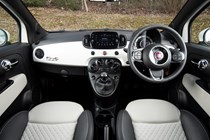
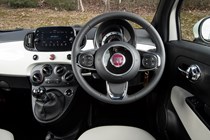
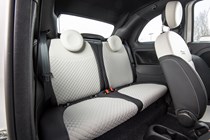
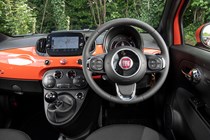
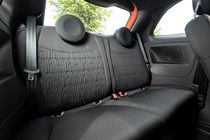
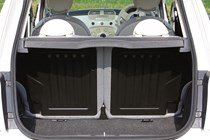
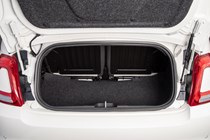

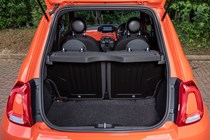



























.jpg?quality=50)










